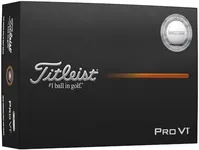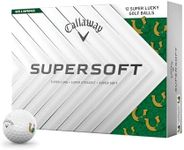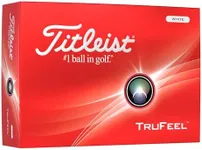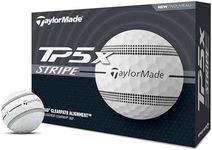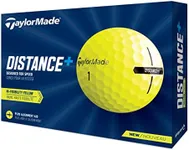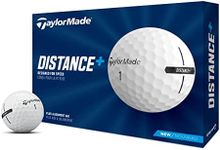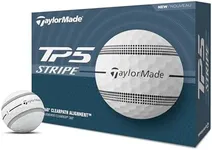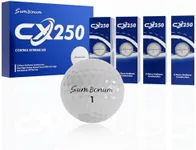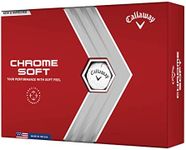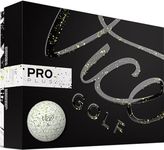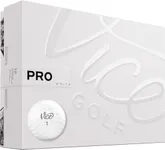Buying Guide for the Best Golf Balls
Choosing the right golf balls can make a big difference in how you play, whether you're a beginner or an experienced golfer. Golf balls might all look alike, but they come with different features that affect distance, control, and feel. To pick the best golf ball for you, it's important to think about how you play, what you want to improve, and what kind of feel you prefer. By understanding the key characteristics of golf balls, you’ll be able to choose a ball that matches your game style and helps you get the most enjoyment and performance out of your rounds.CompressionCompression in golf balls refers to how much the ball deforms when it is struck. Lower compression balls are softer and compress more easily, making them ideal for players with slower swing speeds, as it helps generate more distance. Higher compression balls are firmer and benefit players with faster swing speeds who can compress the ball enough to maximize distance and control. If you're not sure, choosing a medium compression ball works for a wide range of swings. For the best fit, match the compression to your swing speed; slower swings go for low compression, while faster swings do well with higher compression.
Cover MaterialThe cover of a golf ball, usually made from either Surlyn or urethane, has a big impact on feel and durability. Surlyn covers are harder and more durable, making them good for beginners and those who want longer-lasting balls with less spin. Urethane covers are softer, giving more control and spin, especially around the greens, favored by more experienced players looking for better performance on short shots. If you prefer a softer feel and play more short-game shots, urethane is a better choice; for durability and value, Surlyn is ideal.
Number of Pieces (Layers)Golf balls can be made with two, three, four, or even five layers. Two-piece balls are simple, durable, and offer maximum distance, suitable for beginners or those who want a more straightforward ball. Three-piece and multi-layer balls offer more control and feel, catering to players who want to shape shots and enhance their short game. If you're new to golf, a two-piece ball is a good start. As you develop your skill and want more control, a ball with more layers offers more sophistication.
Spin RateSpin rate means how much the ball spins after being hit. Low-spin balls fly straighter and tend to roll farther, helping reduce slices or hooks, making them good for beginners or those struggling with ball control. Mid-spin balls offer a balance of distance and control, suitable for most players. High-spin balls provide more stopping power around the greens for skilled players who want precision in their short game. Think about whether you want more distance and straighter shots, or more control for spins and stopping ability when choosing the spin rate.
FeelFeel describes how soft or firm the ball seems when you strike it. Softer balls provide a gentler sensation and are often preferred in the short game, whereas firmer balls can give more feedback and may go a bit farther off the tee. Personal preference is important here—try a few and see which feel you like best when putting or chipping. Players who like more touch and control generally pick softer balls, while those seeking a solid strike and extra distance may choose firmer ones.
